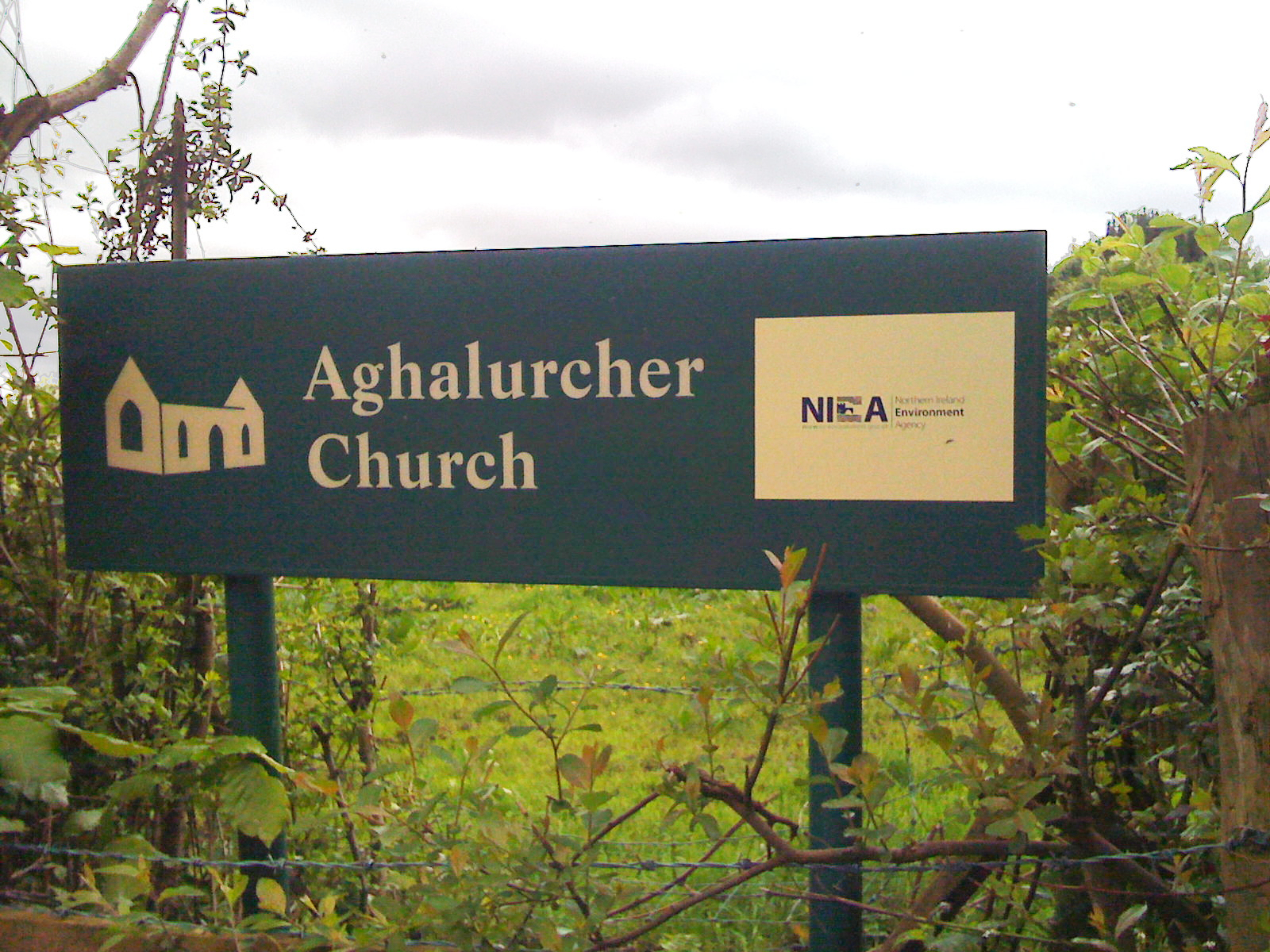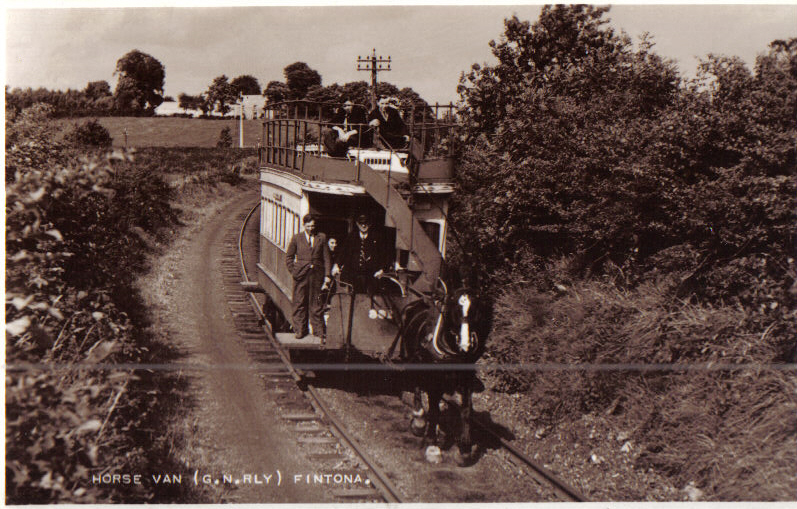|
Clogher (barony)
Clogher is a barony in County Tyrone, Northern Ireland. It is bordered by four other baronies in Northern Ireland: Omagh East to the north; Dungannon Lower to the east; Magherastephana to the south; and Tirkennedy to the south-west. It also borders two baronies in the Republic of Ireland: Trough and Monaghan both to the south-east. In the eighteenth century Clogher barony was sometimes called Upper Dungannon, by contrast with the then barony of Dungannon; it is not to be confused with the modern Dungannon Upper barony created by the 1837 subdivision of Dungannon barony. History The barony of Clogher was a territory formerly known as Kinel Ferady, an anglicisation of a branch of the Cenél nEóghain, the Cenél Fearadhaigh, meaning ''kindred/descendants of Ferry''. This territory was divided into two ancient districts. The Mac Cathmhaoil ( en, McCaul, ''Campbell'', ''MacCawell'', ''MacCall'') were the leading sept of the Cenél Fearadhaigh, and one of the seven powerful sept ... [...More Info...] [...Related Items...] OR: [Wikipedia] [Google] [Baidu] |
Irish Language
Irish ( Standard Irish: ), also known as Gaelic, is a Goidelic language of the Insular Celtic branch of the Celtic language family, which is a part of the Indo-European language family. Irish is indigenous to the island of Ireland and was the population's first language until the 19th century, when English gradually became dominant, particularly in the last decades of the century. Irish is still spoken as a first language in a small number of areas of certain counties such as Cork, Donegal, Galway, and Kerry, as well as smaller areas of counties Mayo, Meath, and Waterford. It is also spoken by a larger group of habitual but non-traditional speakers, mostly in urban areas where the majority are second-language speakers. Daily users in Ireland outside the education system number around 73,000 (1.5%), and the total number of persons (aged 3 and over) who claimed they could speak Irish in April 2016 was 1,761,420, representing 39.8% of respondents. For most of recorded ... [...More Info...] [...Related Items...] OR: [Wikipedia] [Google] [Baidu] |
Cenél Fearadhaigh
Cenél is a surname. Notable people with the surname include: *Cenél Conaill, the name of the "kindred" or descendants of Conall Gulban, son of Niall Noígiallach defined by oral and recorded history *Cenél nEógain (in English, Cenel Eogan) is the name of the "kindred" or descendants of Eógan mac Néill, son of Niall Noígiallach who founded the kingdom of Tír Eógain in the 5th century *Kin groups forming part of Dal Riata, most of which, after a varied evolution eventually became the Scottish region of Argyll **Cenél nÓengusa, a kin group who ruled the island of Islay, and perhaps nearby Colonsay. After spending 4 centuries as part of Norway, and another 4 as part of the quasi-independent Lordship of the Isles, this region became Scottish in the late 15th century. ** Cenél nGabráin, the "kindred" of Gabrán, who ruled Kintyre, Knapdale (at that time including the lands between Loch Awe and Loch Fyne - Craignish, Ardscotnish, Glassary, and Glenary), the island of Arran ... [...More Info...] [...Related Items...] OR: [Wikipedia] [Google] [Baidu] |
Aghalurcher
Aghalurcher is a civil parish located mainly in the barony of Magherastephana in County Fermanagh and partly in the barony of Clogher in County Tyrone, Northern Ireland. Townlands of Aghalurcher in County Fermanagh The parish comprises the following 239 townlands in County Fermanagh: *Acres *Aghacramphill *Aghalurcher Glebe *Aghamore North * Aghamore South * Aghavoory * Agheeghter * Aghinure * Aghnaskew * Altagoaghan * Altawark * Altmartin * Altnaponer * Atnamollyboy * Attybaron * Attyclannabryan * Ballymacaffry * Ballymakenny * Barnhill * Bohattan * Boleyhill * Brobrohan * Bunnahesco * Bunnahola Island * Carrickawick * Carrickmacosker * Carricknabrattoge * Carrickpolin * Carrowgarragh * Carrowhony * Castle Balfour Demesne * Cavanagarvan * Cavanaleck * Claraghy *Clay * Cleen * Cleenriss * Clonmacfelimy * Coalhill * Colebrook Demesne * Comaghy * Congo * Coolaran * Coolbeg * Coolcrannel * Coollane * Cooltrane * Cooneen * Corfannan * Corlacky *Corlough * Cornakessagh * Cornaroos ... [...More Info...] [...Related Items...] OR: [Wikipedia] [Google] [Baidu] |
Fivemiletown
Fivemiletown is a village and townland in County Tyrone, Northern Ireland. It is 16 miles (26 km) east of Enniskillen and 26 miles (43 km) west-south-west of Dungannon, on the A4 Enniskillen-to-Dungannon road. Fivemiletown's population was 1,243 at the 2011 Census. This article contains quotations from this source, which is available under th Open Government Licence v3.0 © Crown copyright. The village is most famous for its creamery, which was begun as a cooperative in 1898 by Hugh de Fellonburg Montgomery. Fivemiletown Creamery originally made butter and milk, but now makes cheeses for the British and Irish market, and for export across Europe and North America. Name Fivemiletown's name comes from its location five Irish miles (1 Irish mile = 1.27 statute miles = 2044 m) from its nearest neighbours: Clogher, Brookeborough and Tempo. The original Irish name of the townland of Fivemiletown was ''Baile na Lorgan'' - ‘townland of the long ridge’ - anglicised as ... [...More Info...] [...Related Items...] OR: [Wikipedia] [Google] [Baidu] |
Fintona
Fintona (; ), is a village and townland in County Tyrone, Northern Ireland. Its population at the 2011 Census was 1,164. Name and etymology Fintona is derived phonetically from the Irish name of the area, ''Fionntamhnach''; this is often translated to mean "white field" however other meanings have been recorded due to various English translations for "fionn" and "tamhnach". "Fionn" may refer to a colour that is described as white, bright, blonde or fair-coloured, while "tamhnach" may refer to a field, clearing, oasis, grassy upland or arable place in a mountain. In the past, the English spelling of the area has varied, with ''"Findonagh"'' in use as recently as 1937 in Church of Ireland documents, while ''"Fentonagh"'' and ''"Fintonagh"'' were also in use in the 19th century. The current spelling of Fintona has been recorded as first used in 1774. History The local area has been known to have had human activity for around 4000 years; there are many burial places, standing ston ... [...More Info...] [...Related Items...] OR: [Wikipedia] [Google] [Baidu] |



